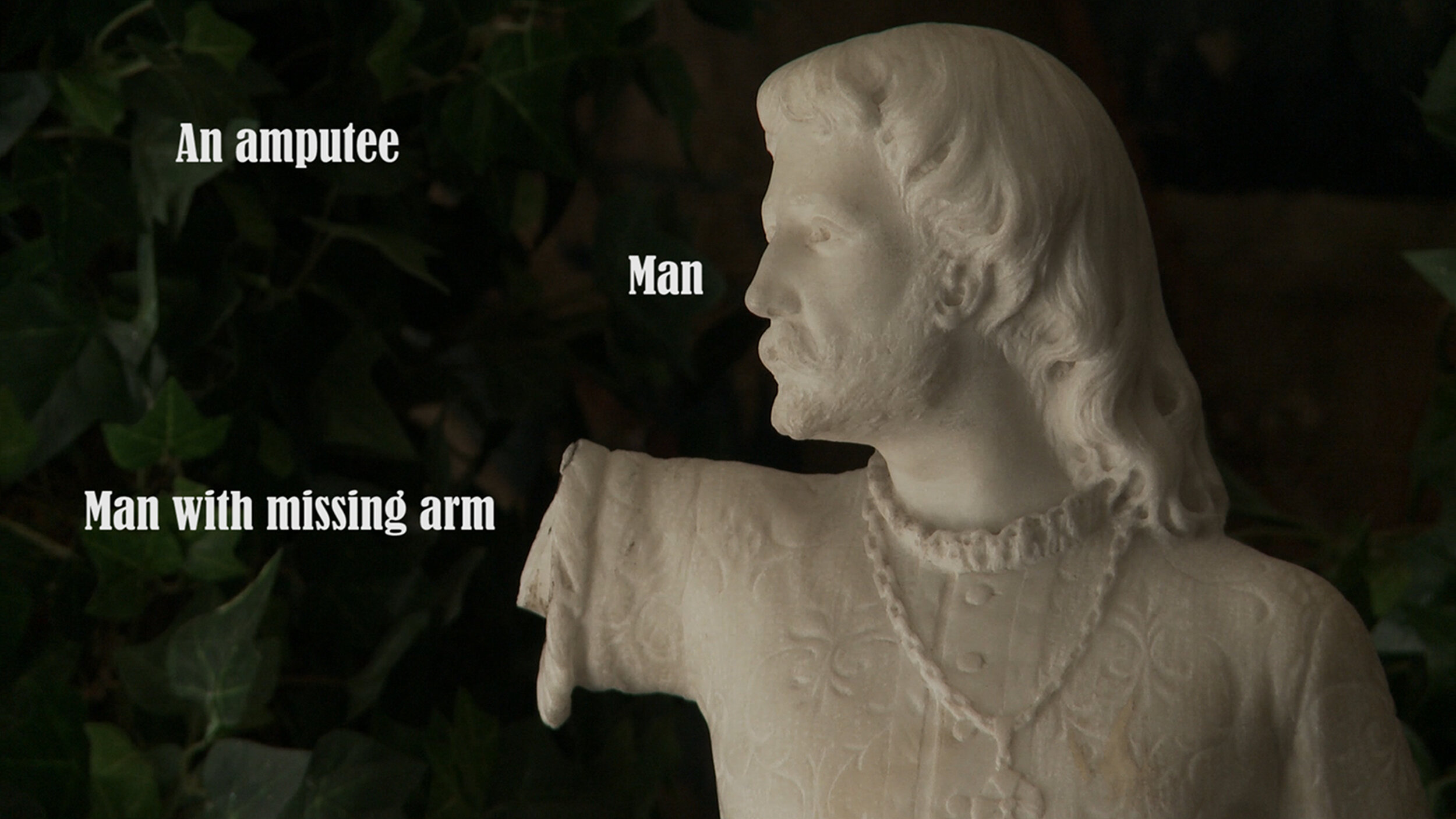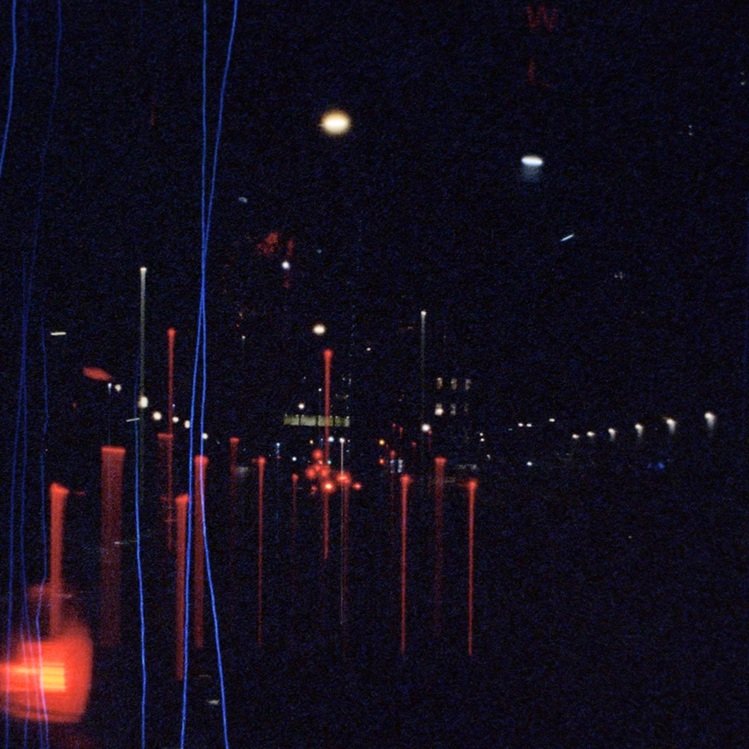Curatorial Projects
Writing
Psychogeographical Choreography: On Filming Hand-Held
Chapter in Constructions of the Real: Intersections of Practice and Theory in Documentary-Based Filmmaking, (edited volume), Editor: Liz Baulch, Liz Burke, Catherine Gough-Brady, Kim Munro, Christine Rogers. UCP & Intellect Books.
“Consider this triangulation: a cameraperson – a hand-held camera – a place. A digital frame is extremely still. Shooting without a tripod will inevitably suggest a cameraperson’s presence. Balanced in front of the body, the camera physically blocks the cameraperson from its subject. It’s a mediator between the body filming and the space that’s being filmed. At the same time, the camera, with its framing and seeing ability, serves as an entry point into the place…”
Fluid Objects
co-written with Moira O’Shea for ASAP Journal, 2021
"…By physically augmenting and amending these monuments, protestors engage directly with the monument’s materiality, putting the monument in dialogue with itself. The headless Columbus stands on his plinth, unchanged except for the lack of a head. The submerged monuments remain themselves but have taken up an un-monumental context as they sink into a river or a harbor. We cannot walk by a headless monument and not be taken aback by the way it counters expectations of what a monument should be, precisely because we can read the monument as it was intended…"
Beyond Indexicality (online exhibition for LocateArts)
“A rich tradition of aesthetic theory claims that film and photography are inescapably indexical.
Indexicality names the phenomenon of an object inscribing itself onto a surface and leaving a mark—evidence of its past presence. This mark—footprint in mud, fingerprint on a document—is an index. In film photography, light traveling through a lens and onto the sensitive emulsion-covered surface leaves a latent image from the moment the shutter was triggered, linking the aesthetic object to its referent in the world and preserving that referent in the image.
But the photographs and films that I have selected for this dossier force a reconsideration of the purported logic of indexicality. These works disorient the familiar indexical framework by foregrounding process and duration, a kaleidoscope of spaces, moments, and encounters. If we follow the insights of philosopher Ariella Azoulay in the Civil Contract of Photography, we see how attachment to indexicality stills in amber what is in fact dynamic and ongoing, evidence of the encounter between artist and object, image and us, a dynamism the work here puts on display…”
Artists Featured: Diane Fox, Coriana Close, Jonathan Rattner, James Lam Scheuren
Animal Gaze: watching “The Interior” with my dog
“… Re-watching The Interior (2015-16), in the presence of my animal, I’m spurred to re-think all three films – Grey Seals(2020), The Interior, and END, END, END (2013) – as attempts to restore the look between animal and human, the loss of which Berger laments in his essay: “[T]hat look between animal and man, which may have played a crucial role in the development of human society, and with which, in any case, all men had always lived until less than a century ago, has been extinguished.” For Berger the loss is irredeemable, leaving animals in the position of always being “the observed” object and never the observing subject. But Rattner’s attentive lens imagines a world otherwise…”
Monuments and Other Things that Change: Several Attempts at Titling a Photograph. A Film in the Works
Monument Culture: International Perspectives on the Future of Monuments in a Changing World, EDITED BY LAURA A. MACALUSO, 2019
“…I was walking the streets of Bishkek the a camera in hand. I had come to the Kyrgyz Republic to make a film about monuments in the city. Framing monuments, public spaces, and parks through my viewfinder, I felt at once welcomed and estranged, returned and displaced. The urban plan of Bishkek strongly resembled the town in which I spent my childhood. I imagined that I could navigate the city equipped with the memory of my hometown. But I could not. I was an outsider: a speaker of Russian and English but not Kyrgyz and a former citizen of the Soviet Union but not a local of Bishkek.”








